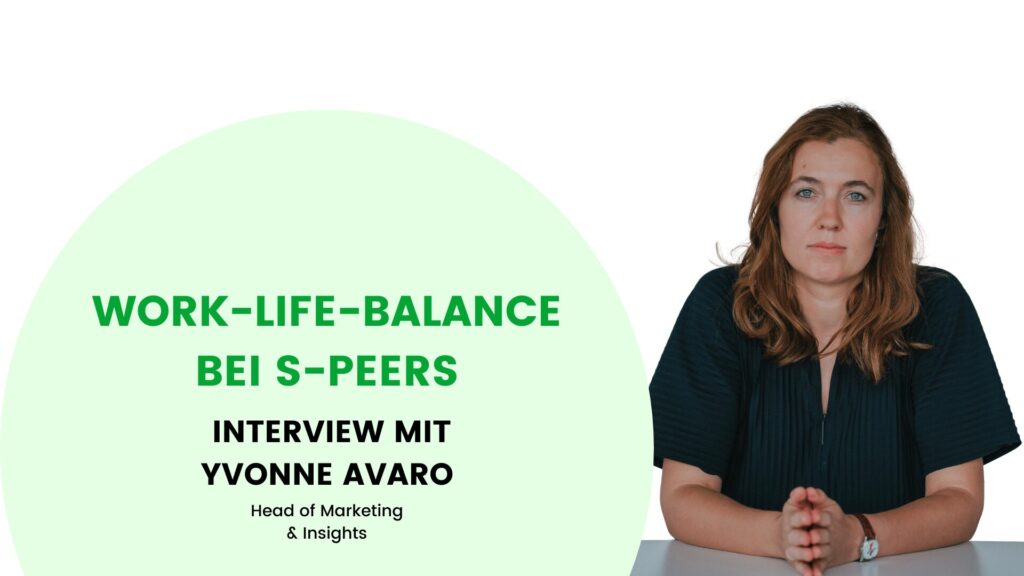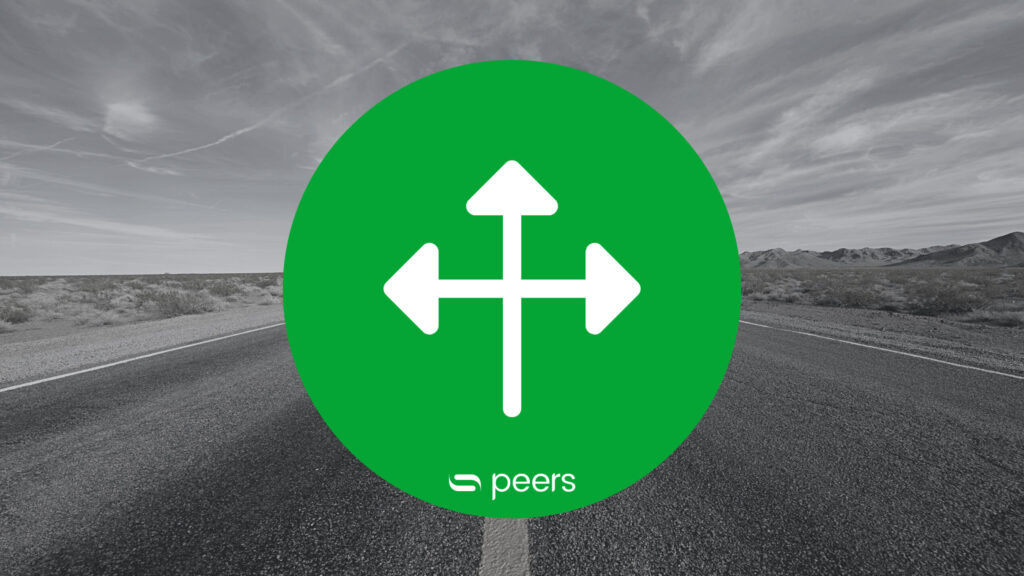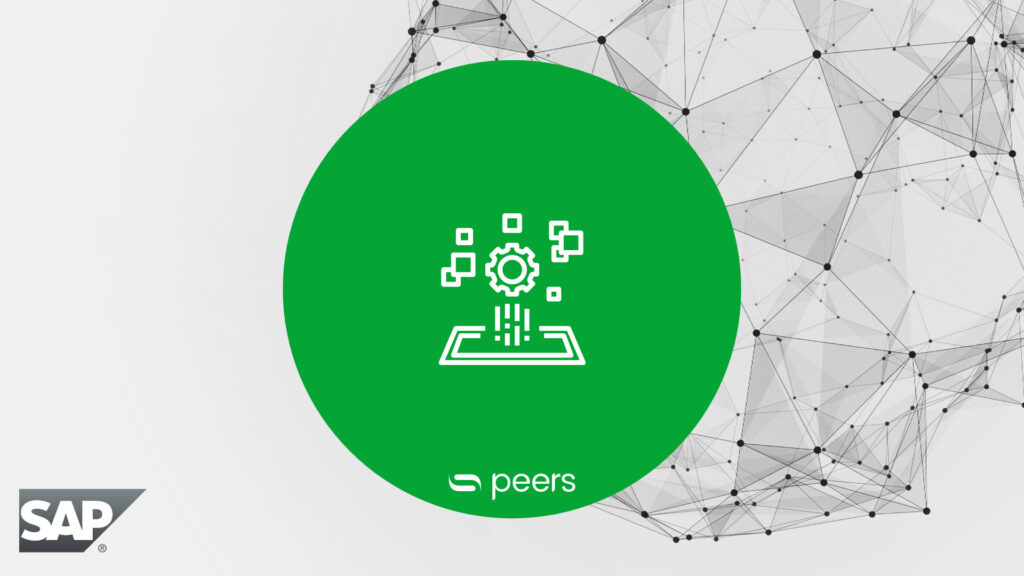- Blog
- KPIs, Management Information Design
- 2 min reading time

Sven Knöpfler
Defining business goals (e.g. a 5% increase in turnover) is always done by means of so-called key performance indicators(KPIs). These are also used in everyday business to monitor how effectively a company is meeting its key objectives.
In addition, KPIs offer a possibility for comparisons: In this way, business management issues (especially those of a very complex nature) can be simplified and presented as figures - an important prerequisite for faster comprehension, easier understanding and ultimately better decision-making.
With constant KPI control, not only progress achieved but also regressions and deficits are recognisable in time: possible weak points and/or wrong decisions can be remedied or reversed more quickly. In this way, business success is consolidated and expanded in the long term, while the trust of stakeholders increases.
However, a look at the reporting reality of companies generally reveals a massive discrepancy with regard to the way KPIs are presented and presented - very often with a corresponding need for optimisation.
However, we at s-peers are convinced: it only takes a few, but fundamental changes to quickly and decisively improve the overall quality of corporate reports.
Five golden rules for the presentation of KPIs
The following basic rules can be established for the most advantageous presentation of KPIs:
1. definition:
Stakeholders should always be able to clearly understand what has been taken into account within your KPIs and what has not. The comprehensible presentation of the respective KPI basis is therefore elementary - including the origin of the data used and any calculations carried out (metadata principle).
2nd link:
Explicitly align your KPIs with your strategic priorities and point them out with links. Symbols, colour coding or graphics with variances (e.g. in the form of dashboards) are recommended for this purpose.
3. relevance:
The KPIs presented should also be able to be linked to activities and measures in the reporting. Explain why the measures you have chosen fit your strategy. Use a tool with efficient functions for comments and activities (dashboard, BI system). In addition, do not expect report recipients to gather the information themselves from several different systems.
4. performance data and justification:
Give an insight into what the performance data shows Show what factors have triggered a change - and whether the results are as expected. Use visualisation instead of text to do this.
5. goals:
Clearly identify the desired performance of each KPI (target) and regularly compare it to the respective ACTUAL. Remember: reporting is always an evolving story that must remain complete and traceable throughout the time series.
What do the five golden rules for the presentation of KPIs bring us?
Even small changes can significantly increase the transparency of performance measurement. Take a look at the individual optimisation possibilities in your company - and make your reporting and BI activities not only more effective, but also more attractive and trustworthy.
As a highly specialised consultancy with expertise in management reporting, s-peers supports you with a holistic and targeted approach tailored to your individual needs. We look forward to hearing from you!
Published by:

Sven Knöpfler
Head of Technology

Sven Knöpfler
How did you like the article?
How helpful was this post?
Click on the stars to rate!
Average rating 5 / 5.
Number of ratings: 2
No reviews yet! Be the first to rate this post.







